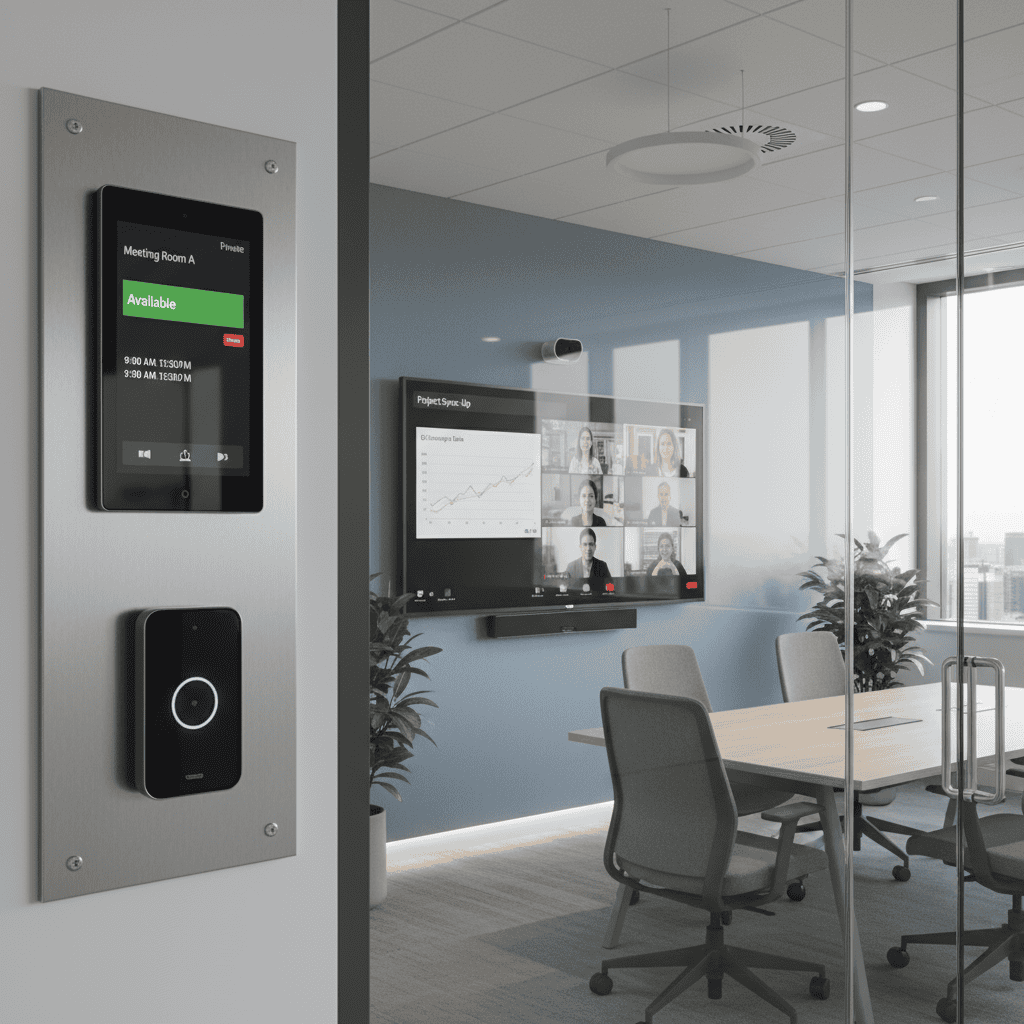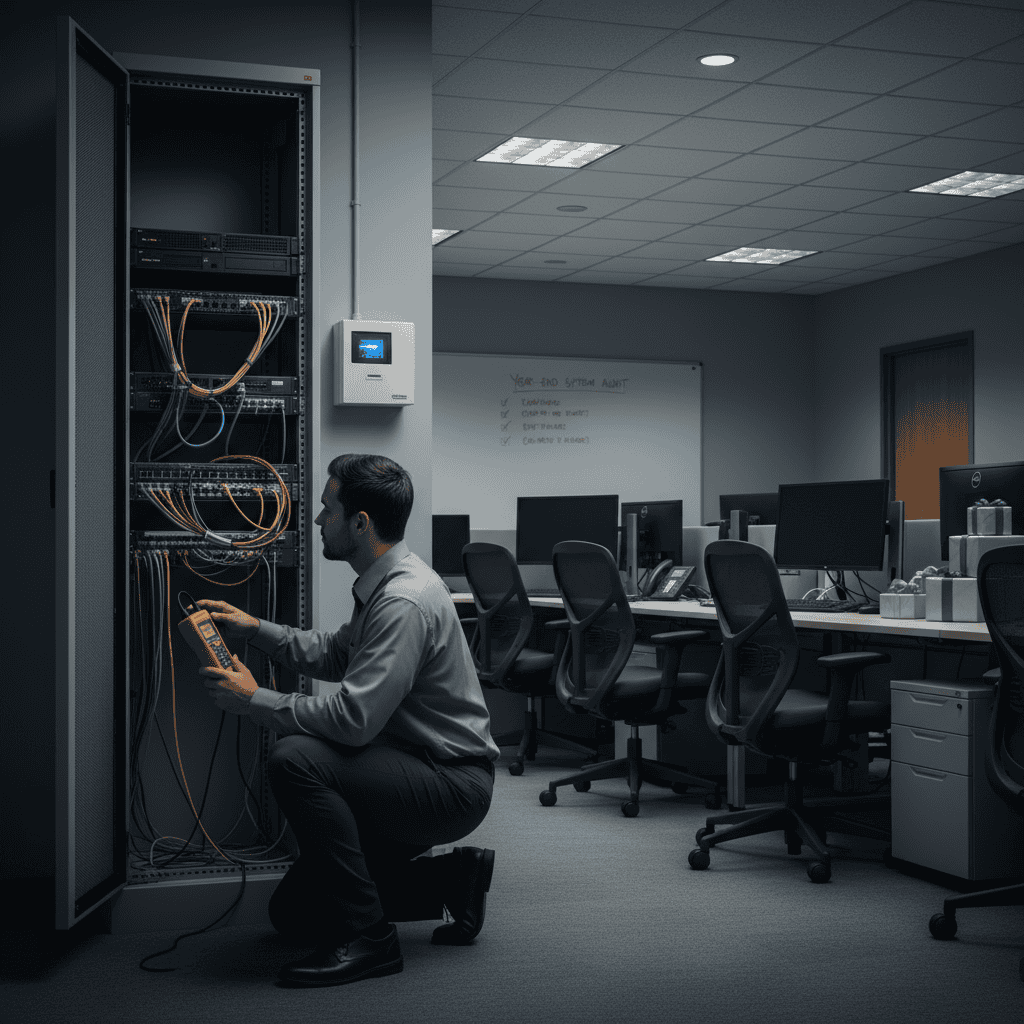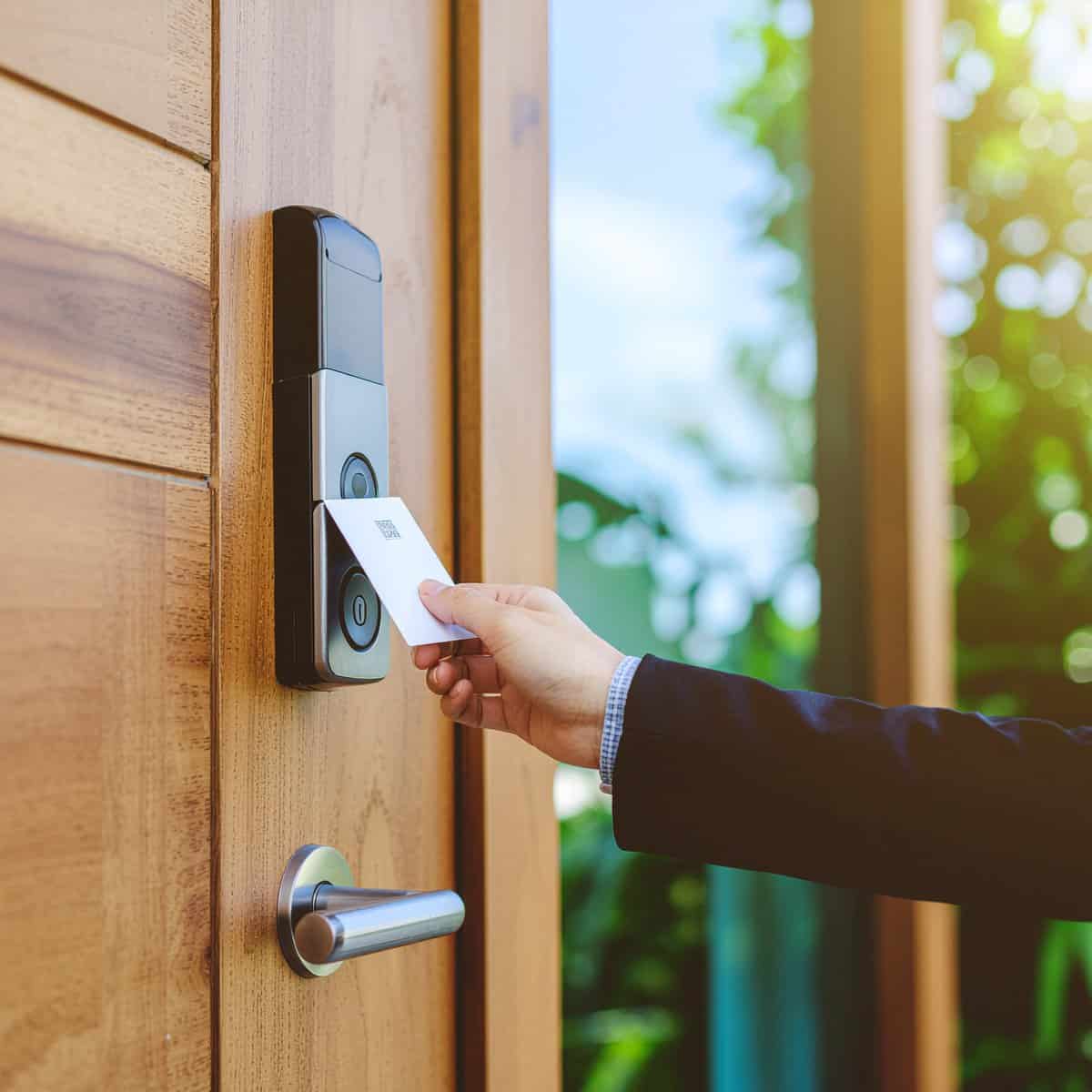What is UPnP? An IT Guide to Universal Plug and Play Technology

What is UPnP? Everything to Know About Universal Plug and Play Technology
Technology plays an integral role in the modern world, and with the increasing use of smart devices, people expect their devices to connect and communicate seamlessly. An emerging device to help reach this expectation is Universal Plug and Play (UPnP) technology.
UPnP helps devices on the same local network discover each other and connect automatically to establish communication without manual configuration. UPnP is a set of networking protocols integral to many modern networks, and UPnP devices include printers, WiFi routers, gaming consoles, Smart Televisions, and mobile devices.
Given the uncomplicated nature of UPnP, many people take advantage of this technology. While there are many benefits to this popular option, it’s essential to note the security risks before you implement UPnP technology solutions.
This blog post will explore everything about UPnP, how it works, and the crucial risks and benefits to consider when implementing UPnP solutions to help you out. Let’s get started.
What is UPnP?
While you’ve likely heard of some UPnP devices, you might not be aware of the total scope of this technology. Therefore, you must ask: what is UPnP?
UPnP stands for universal plug-and-play and describes a network protocol where applications and devices can open and close ports to connect seamlessly. This system doesn’t require configuration, making it a faster solution than manual configuration. UPnP aims to streamline and automate port forwarding, and UPnP devices can automatically identify and join a network.
UPnP-enabled devices can also obtain an IP address to quickly connect with your other devices. Because of its speed, many people prefer UPnP devices to time-consuming manual configurations.
What are the Components of UPnP?
There are numerous components of UPnP to consider before you can fully understand this system. Below is a breakdown of the primary components you’ll encounter with UPnP devices.
- Discovery: the device identifies itself with other devices in the same network.
- Description: the control point uses HTTP protocol to gather device descriptions, including details like the manufacturer, serial number, driver, and URL. The description is compiled into an XML file.
- Control: the UPnP device sends messages between device URLs, providing remote control options.
- Eventing: the UPnP device sets up a notification system that sends alerts to different control points in the event of a state variable change.
How UPnP is Used in Modern Networks
UPnP serves various purposes in modern networks and is frequently used for home automation, media sharing, and network printing. Consider how UPnP is used in each network to simplify the configuration process.
Home Automation
Home automation devices, such as smart thermostats, security cameras, and smart lighting systems, can use UPnP to discover and communicate with each other. Among the popular home automation devices that provide UPnP capabilities include the following:
- Digital home assistants, such as Alexa, Echo Dot, and Google Home
- Remote surveillance systems that allow you to connect to and monitor cameras in your home while you’re away
- Internet of Things (IoT) technology that offers wireless automation for tasks like Smart lighting, locks, and thermostats
Media Sharing
UPnP devices are popular among individuals trying to share media files, including music, videos, and photos, between devices on the same network. A UPnP device can identify and communicate with various media players, allowing individuals to connect to devices like a smart TV or gaming console.
Network Printing
UPnP devices are often used to set up and configure network printers. For instance, UPnP devices can announce their presence to allow other devices to discover and connect to a printer. UPnP can contribute to configuring printer settings, including print quality and paper size, through devices connected to the printer.
How Does UPnP Work?
Various technical aspects contribute to how UPnP devices function. Understanding the technical aspects of UPnP, along with the various devices that support UPnP technology and the way that these devices communicate with each other, is necessary to properly implement UPnP solutions that make a difference in your network processes.
What are the Technical Aspects of UPnP?
UPnP uses various networking standards that allow UPnP devices to communicate automatically and open or shut ports. The essential technical aspects relevant to UPnP devices include the following:
- Internet Protocol Suite (TCP/IP): UPnP devices configure themselves by acquiring a TCP/IP address
- Hypertext Transfer Protocol (HTTP): UPnP devices use a discovery protocol based on HTTP to communicate their presence to other devices.
- Simple Object Access Protocol (SOAP): Once a UPnP device is known on a network, UPnP control points discover the device and complete actions provided by the device’s services. The control protocol between control points and devices is the SOAP.
- Extensible Markup Language (XML): UPnP device descriptions are expressed in XML and stored in an XML file.
What Devices Support UPnP?
- Numerous devices support UPnP. Some of the most popular devices that support UPnP technology include the following:
- WiFi routers and modems: UPnP allows devices on the network to automatically configure network settings such as port forwarding and firewall rules.
- Media servers and players: UPnP lets users stream media files over a network.
- Printers: UPnP allows printers to be easily discovered and connected to a network.
- Gaming consoles: configures network settings and enable online gaming automatically.
- Home automation devices: UPnP controls various home automation devices, such as smart thermostats and lighting systems.
- Smart TVs: UPnP allows TVs to connect to other devices on a network and stream media content.
- Mobile devices: UPnP connects mobile devices to other devices on a network and shares media content.
How UPnP Devices Communicate with Each Other
Understanding how UPnP devices communicate with each other and become discoverable on a network can sound confusing for individuals that aren’t familiar with these devices. However, UPnP devices follow a process to communicate and connect seamlessly.
- A user plugs a UPnP device into their network.
- The device configures itself by acquiring a TCP/IP address.
- The UPnP device uses a discovery protocol based on HTTP to communicate its presence with devices on the same network.
UPnP processes can also be broken down into the following components:
- Addressing
- Discovery
- Description
- Control
- Eventing
- Promotion
Benefits of UPnP
Given the time-saving nature of UPnP devices, it’s no surprise that many people implement these solutions to make their lives easier. There are many advantages to using UPnP in professional settings, and IT teams might consider UPnP devices to access the following benefits.
Improved Device Interoperability and Ease of Use
UPnP allows devices to discover and communicate with each other seamlessly, even if they are from different manufacturers and use different protocols. This detail makes it easier for users to set up and manage their networks without worrying about compatibility issues.
Reduced Need for Manual Configuration
UPnP allows devices to automatically discover and configure themselves on a network, meaning users don’t have to configure each device manually. Since manual configuration can be time-consuming and complex, many IT professionals consider UPnP to save time on crucial technological processes.
Support for a Wide Range of Devices and Services
Finally, UPnP supports various devices and services, including printers, cameras, routers, media players, and more devices relevant to the modern technology industry. This robust support means that users can connect and use different types of devices on their network without worrying about compatibility issues.
Security Concerns With UPnP
While there are numerous benefits to UPnP devices, it’s unwise to implement UPnP solutions before you understand the risks that accompany them. However, with knowledge of the best practices to secure your UPnP devices and networks, you can reduce the chance of security breaches occurring in your network.
What to Be Aware Of
Consider the following concerns before moving forward with UPnP devices.
Unauthorized Access
UPnP devices can be used to open and close ports on your routers. Opening these ports can allow unauthorized access to your network, allowing hackers to exploit vulnerabilities in your UPnP-enabled devices and gain access to sensitive data. Additionally, hackers may use your network for other malicious purposes.
Misconfiguration
If a UPnP device does not configure correctly, your network can become exposed to network attacks. A misconfigured UPnP device could unintentionally allow external access to your network, leaving all devices connected to the UPnP system vulnerable.
Device Hijacking
UPnP devices are incredibly vulnerable and exploitable, making them likelier to encounter device hijacking issues. UPnP devices can be hijacked through numerous methods, including the following:
- Port forwarding
- UPnP spoofing
- Brute-force attacks for devices with easy-to-guess login credentials
Overview of Best Practices for Securing UPnP Devices and Networks
If you’re considering UPnP devices, there are ways to make the experience safer and secure your device to lower the chance of a compromised network. Always remember the following practices when navigating a UPnP device:
- Disable UPnP on devices that don’t require its services
- Use a VPN
- Keep your software up-to-date
- Use robust and complicated passwords, and avoid re-using passwords for your devices
- Change default passwords on your devices
- Enable encryption
- Limit the number of devices on your network
- Update your router’s firmware frequently
Find Expert IT Advice From i.e. Smart Systems
UPnP is a crucial asset for many people and professionals looking to connect devices within the same network seamlessly and eliminate the time it takes to configure technology manually. Though UPnP has numerous benefits, you risk facing security issues and breaches by neglecting to take proper safety measures to run your device without issue. With comprehensive security protocols, IT professionals can benefit significantly from UPnP devices.
To find essential information on all things IT, check out our guides to maximize your IT solutions with i.e. Smart Systems.
About i.e.Smart Systems
i.e.Smart Systems is a Houston, TX based technology integration partner that specializes in design and installation of audio/visual technology and structured cabling. For more than three decades, our team of in-house experts has partnered with business owners, architectural firms, general contractors, construction managers, real estate developers, and designers in the Houston market, to deliver reliable, scalable solutions that align with their unique goals.




